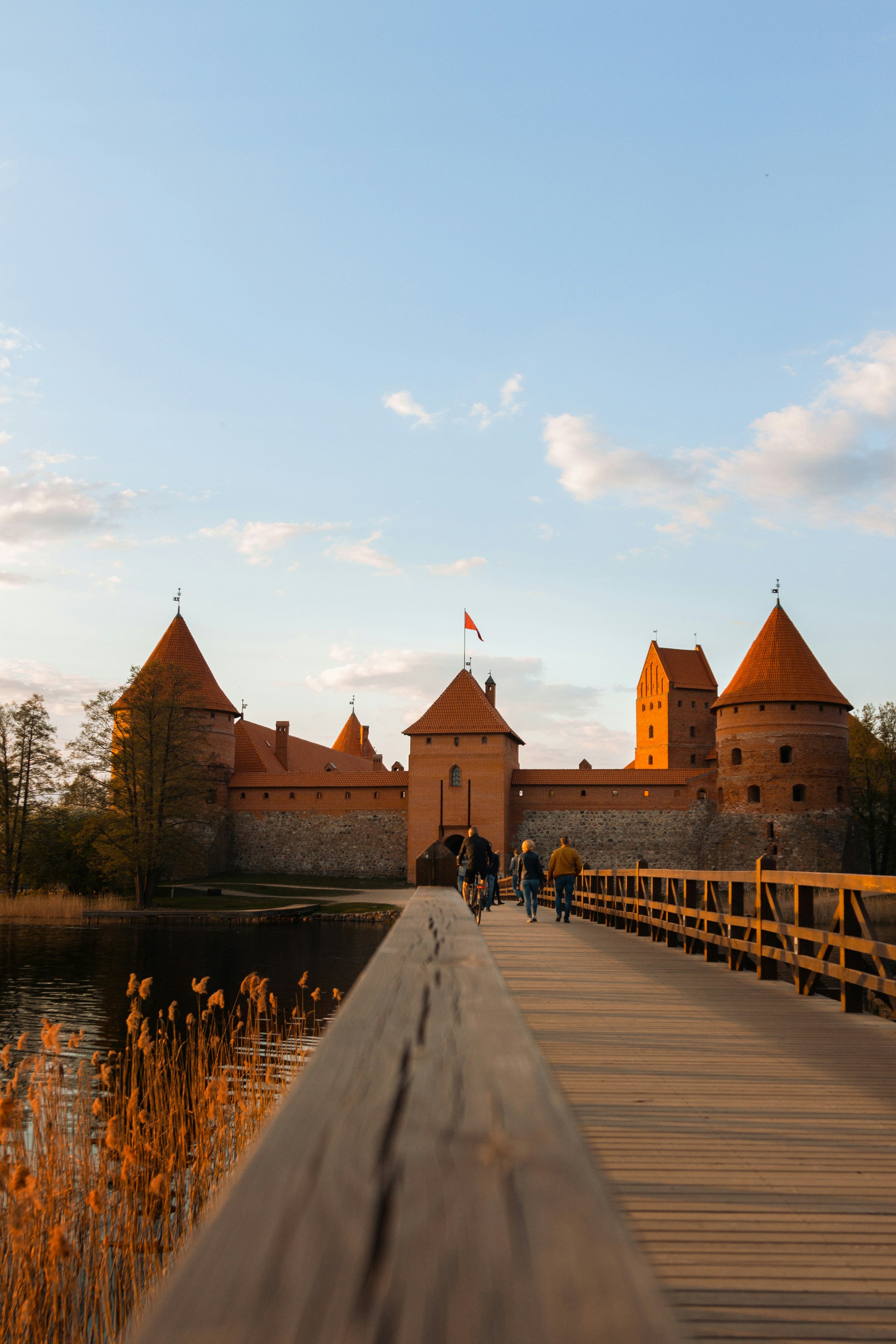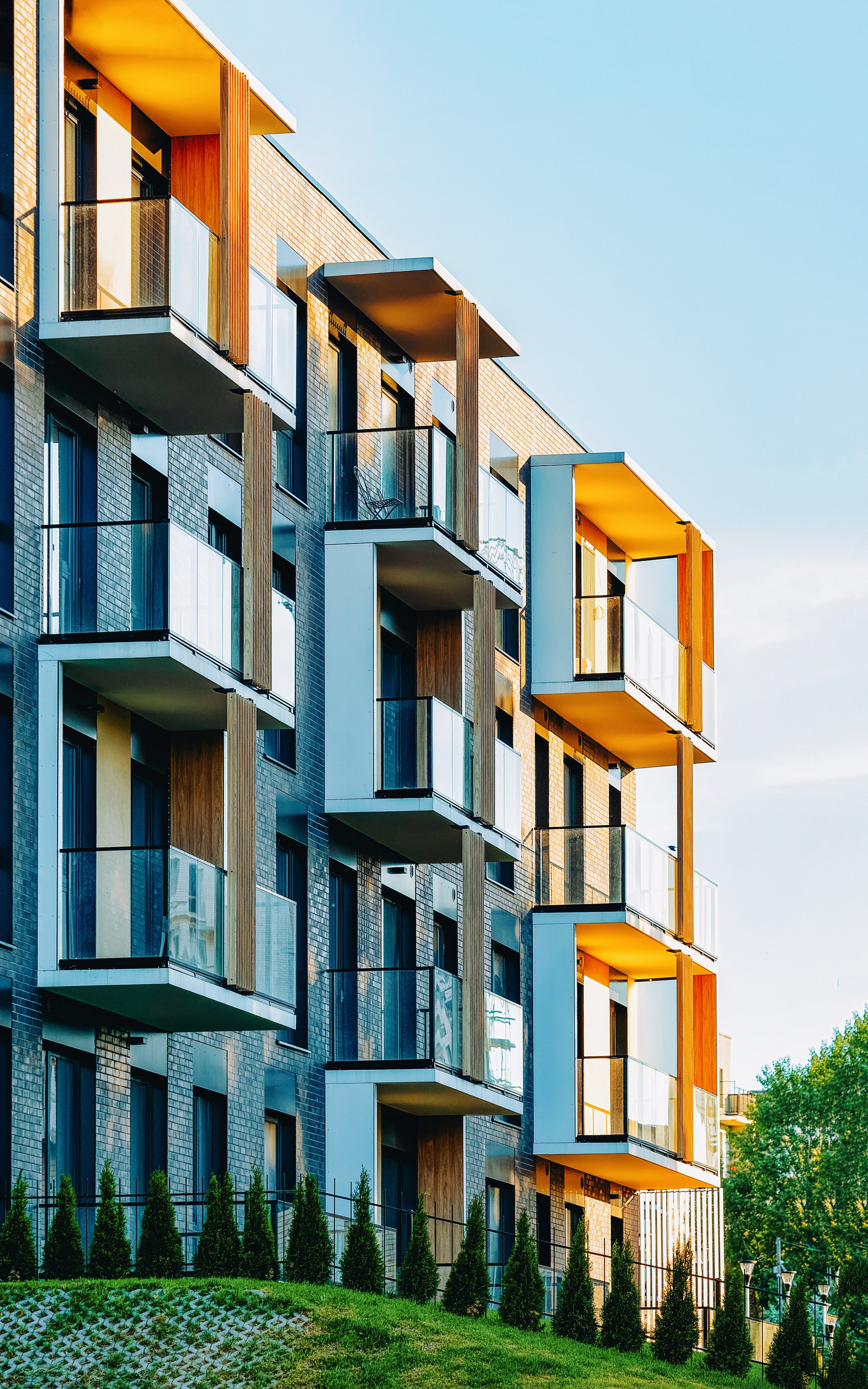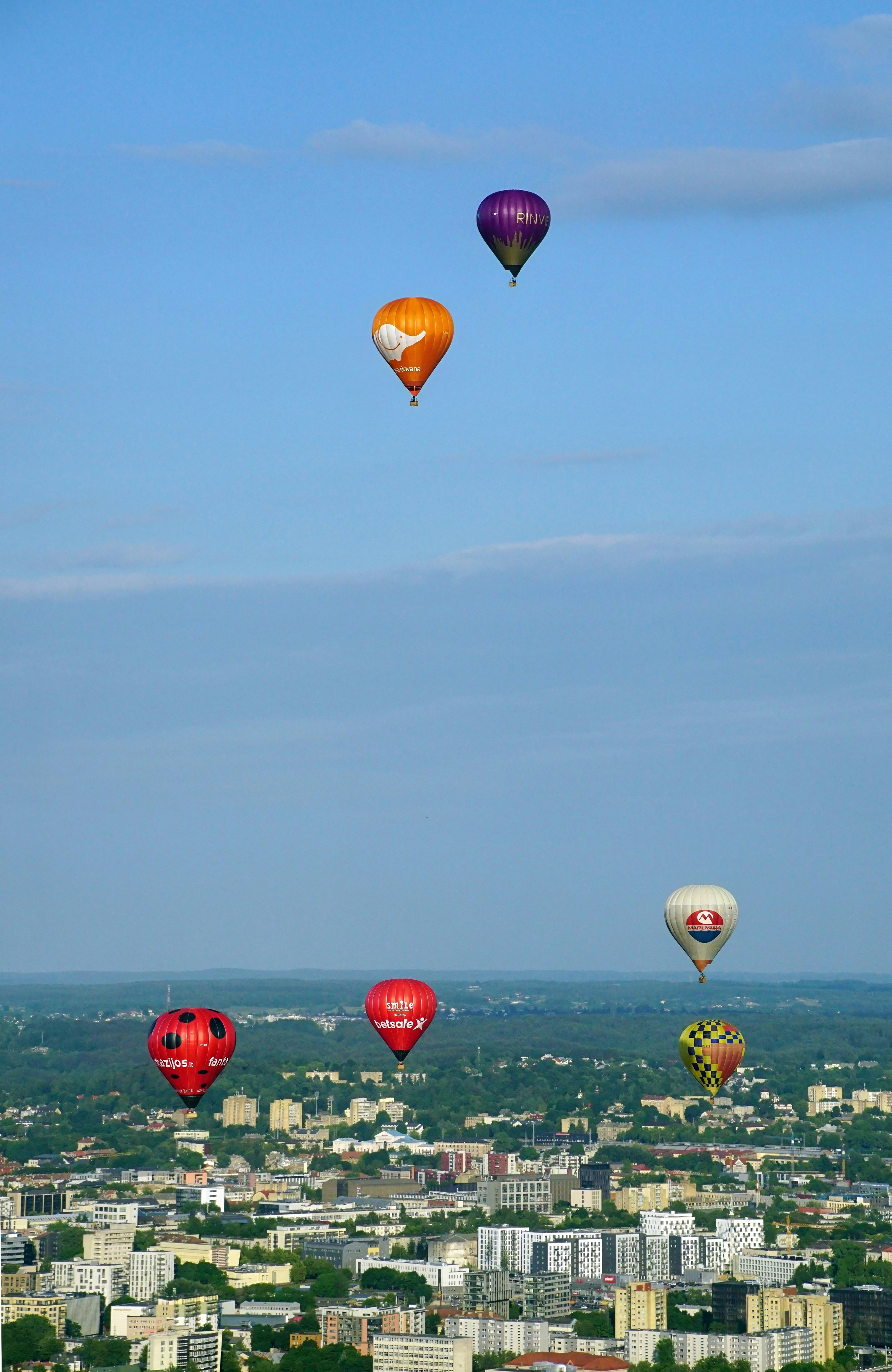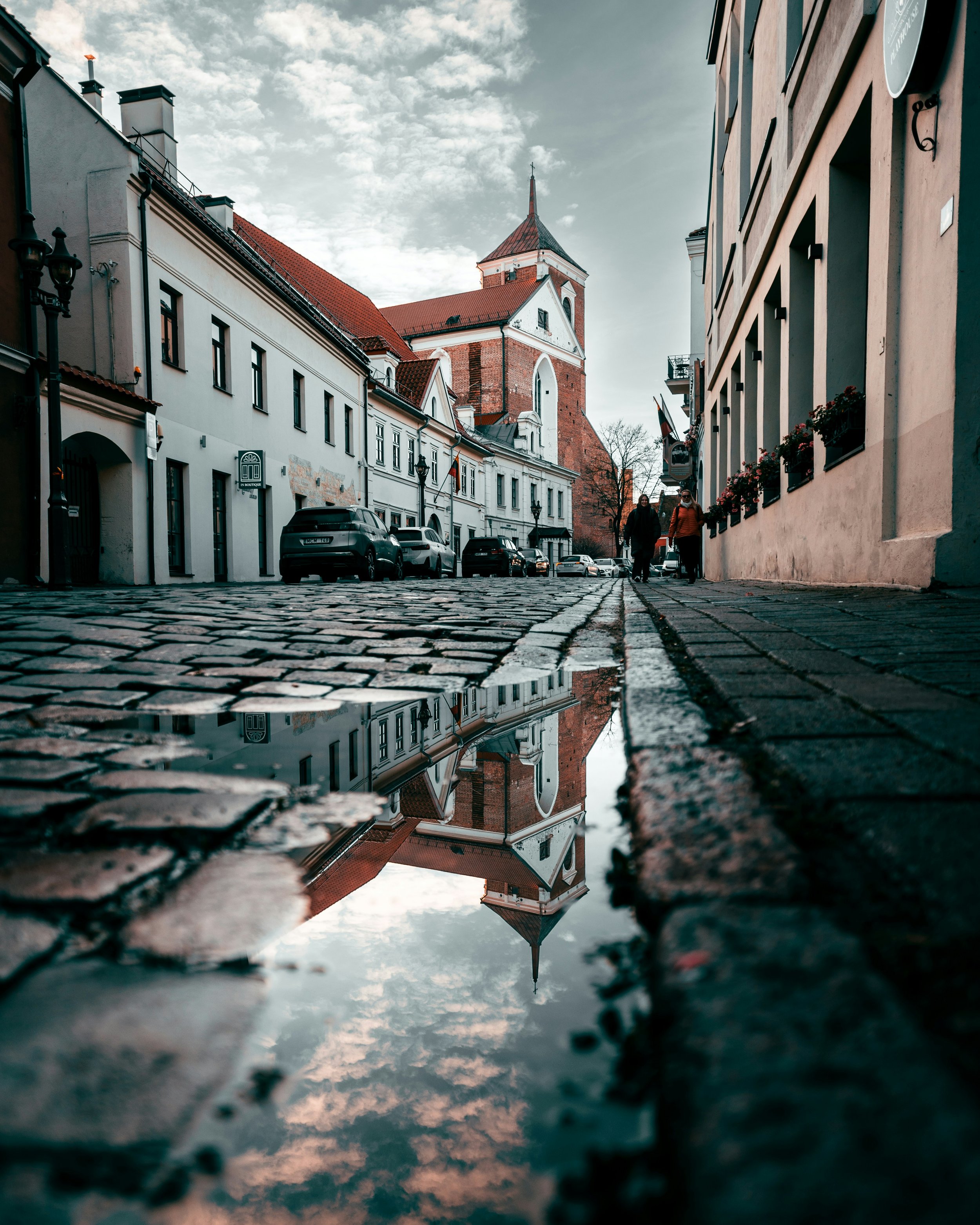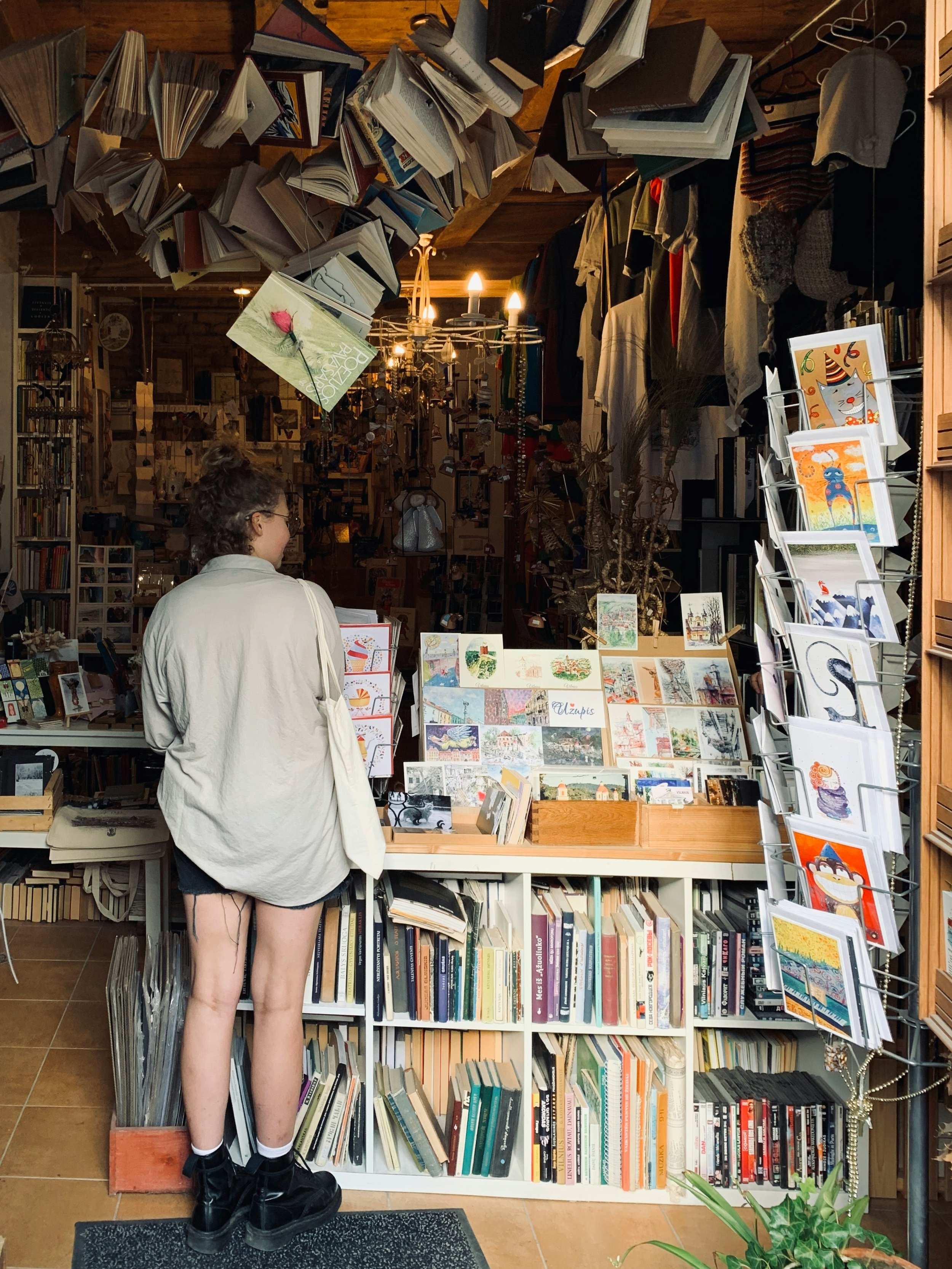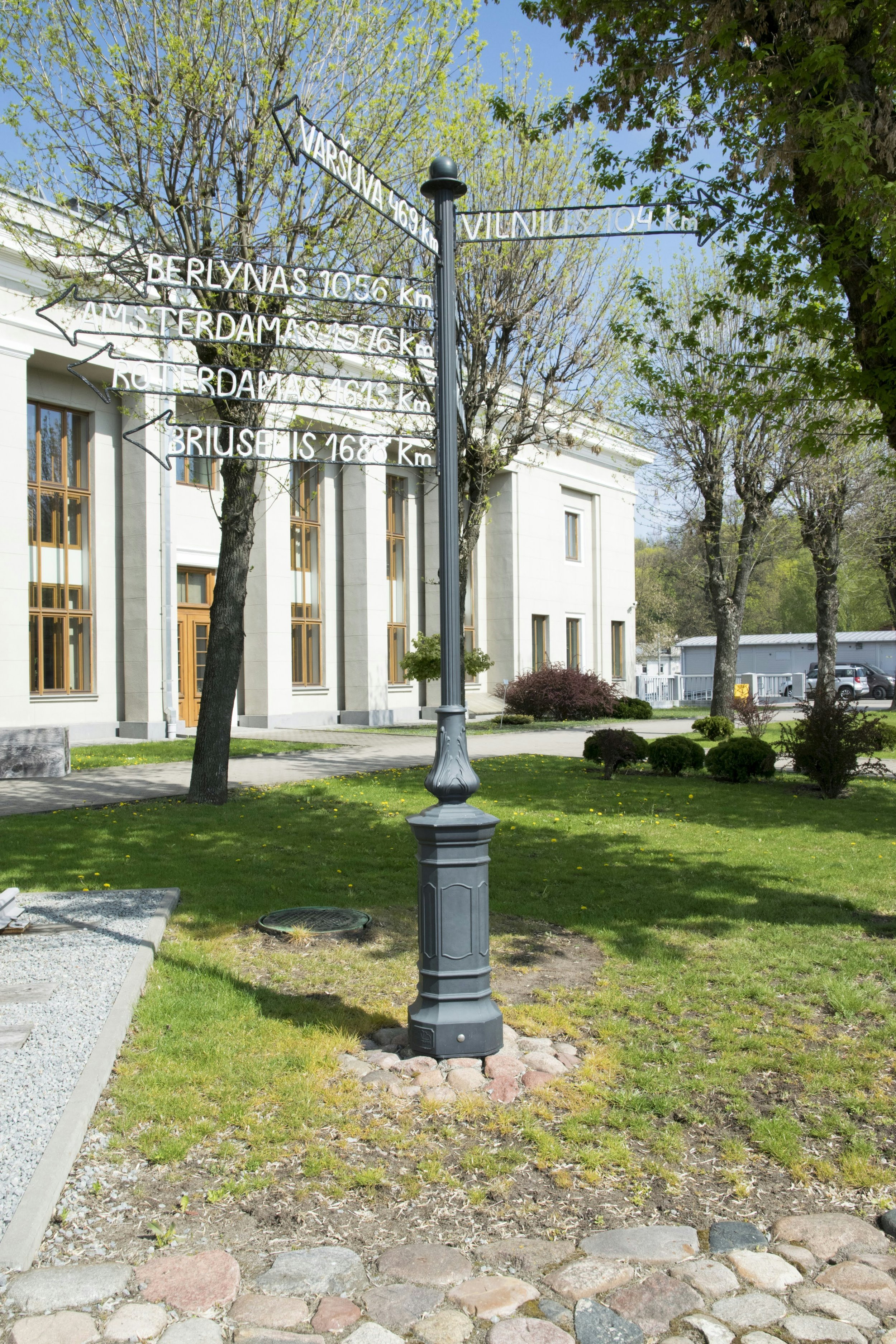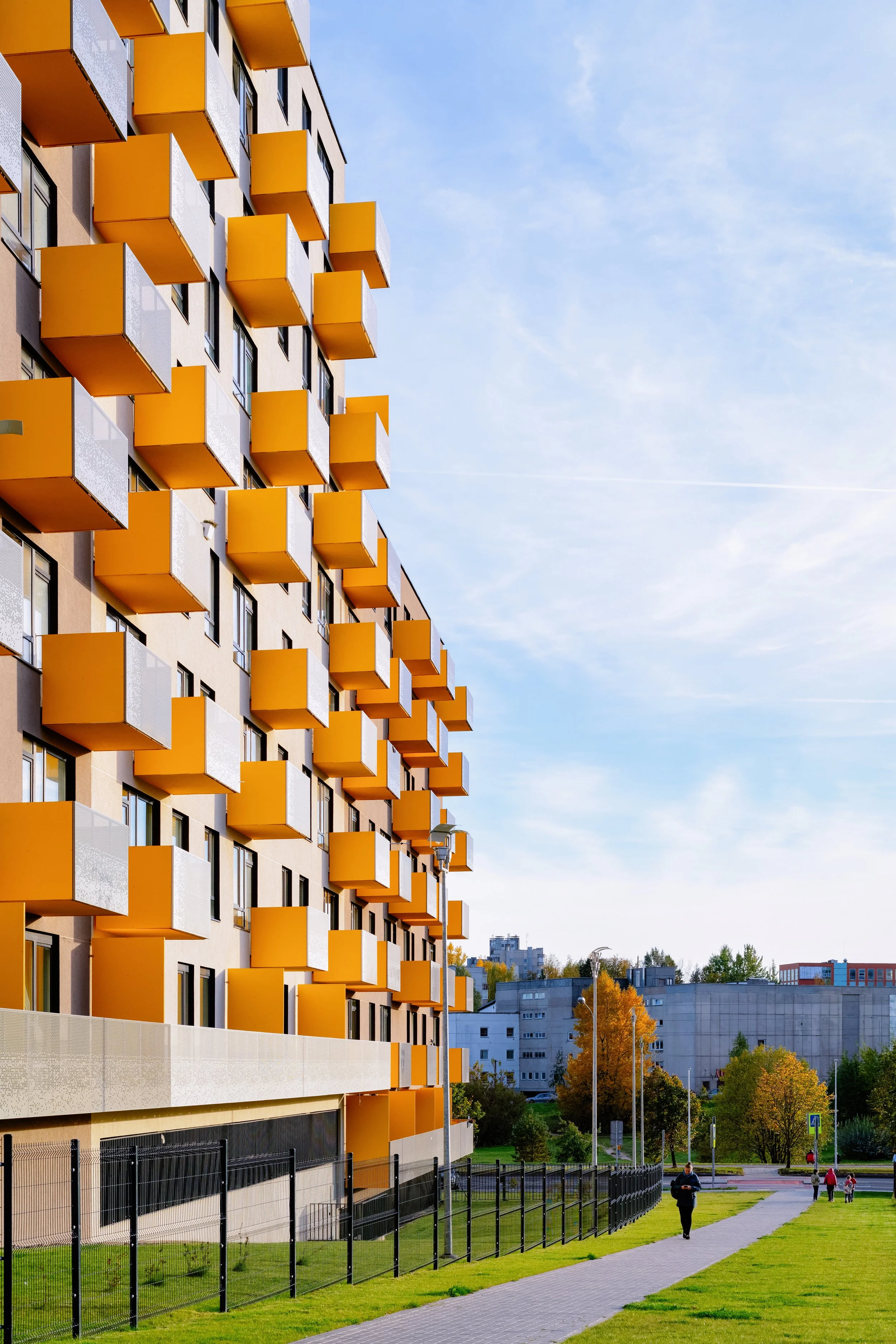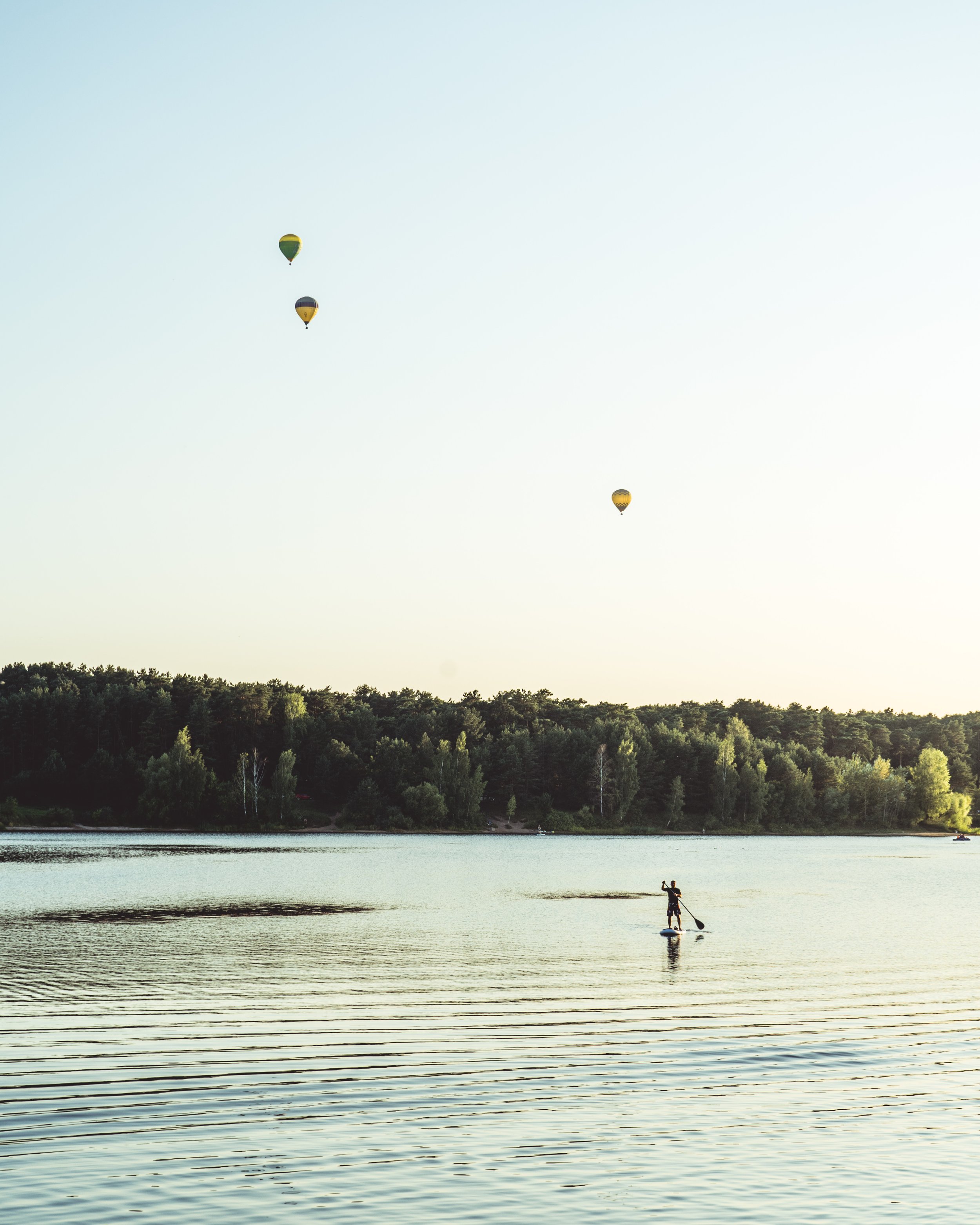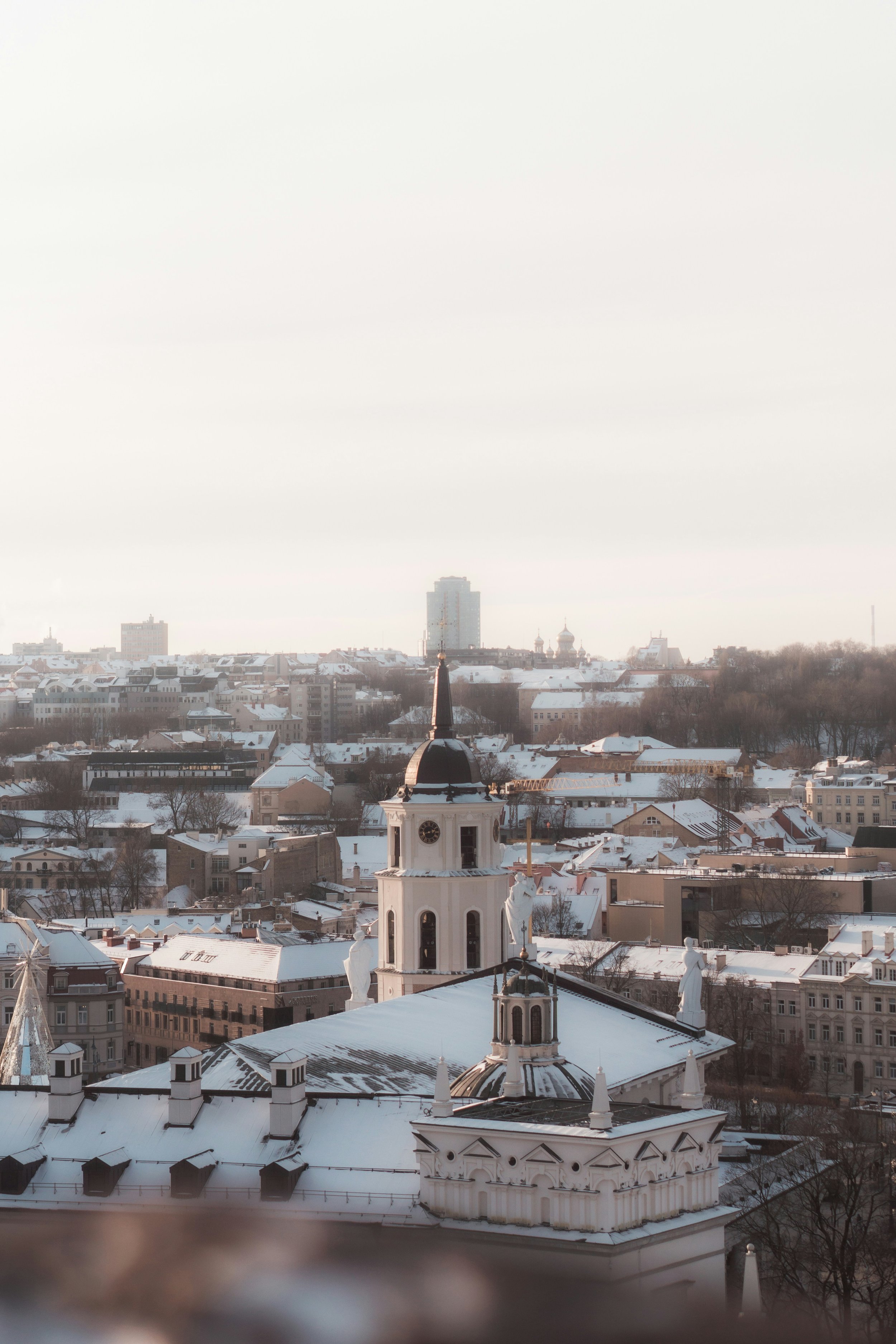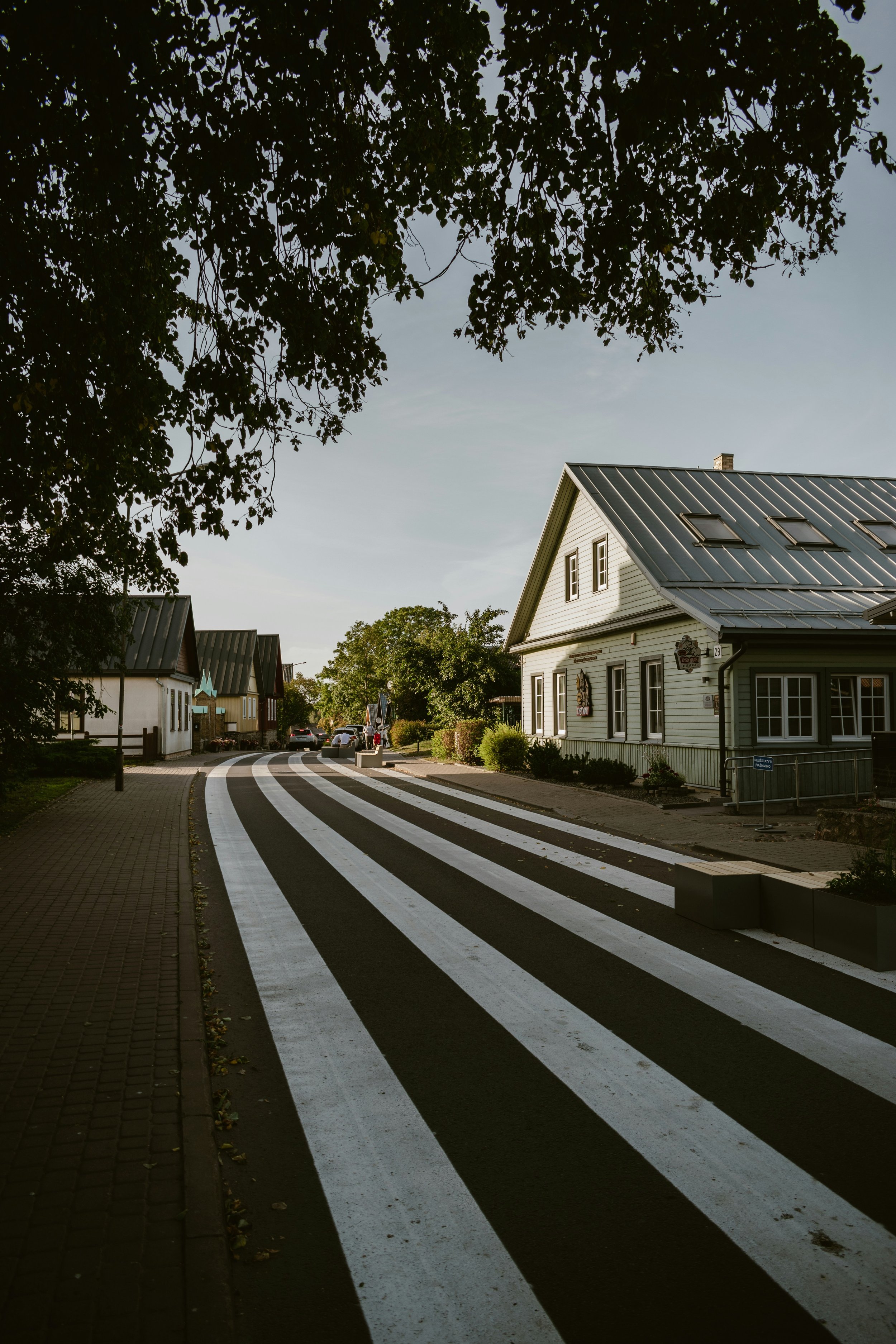Welcome to Lithuania
Lithuania, a Baltic nation in Northern Europe, boasts a rich cultural history, scenic landscapes, and vibrant cities. With a growing presence in the European Union, Lithuania has made significant strides in economic development, education, and technology. Its blend of modernity and tradition makes it an attractive destination for both residents and visitors alike.
-
Lithuania has a population of approximately 2.8 million people, and the country has experienced population decline in recent decades, primarily due to emigration and low birth rates. However, recent efforts to attract expatriates and increase the birth rate show promise for reversing this trend.
-
Lithuania has an aging population, with a median age of around 45 years. The country faces demographic challenges, as the proportion of elderly citizens is steadily increasing, while the younger workforce is shrinking. This has implications for the economy and social services.
-
Lithuania is ethnically homogenous, with the majority of the population (around 85%) being ethnic Lithuanians. Minority groups include Poles, Russians, and Belarusians, reflecting the country’s history of foreign rule and cultural exchanges.
-
Lithuania has a highly developed, diverse economy, with key sectors including manufacturing, technology, agriculture, and services. The country has experienced strong economic growth since joining the European Union, though challenges such as income inequality and regional disparities remain.
-
Lithuanian is the official language and one of the oldest languages in the world, belonging to the Baltic language group. Russian and Polish are spoken by minority communities, and English proficiency is high, particularly among the younger generation and in urban areas.
-
Lithuania has a strong education system with a literacy rate close to 100%. Education is free and compulsory, with an emphasis on academic achievement. The country has numerous universities and research institutions, making it a hub for higher education in the region.
-
Lithuania provides universal healthcare through a public system, which is largely funded by the government. While healthcare services are generally accessible, there are concerns over long wait times and uneven quality of services between urban and rural areas.
-
Around 68% of Lithuanians live in urban areas, with Vilnius, the capital, being the largest city. Lithuania’s infrastructure is well-developed, particularly in transportation and communication, with modern roads, railways, and a growing digital infrastructure. However, rural areas still face some challenges in terms of connectivity and access to services.
-
Tourism in Lithuania has grown steadily, with visitors attracted to its medieval architecture, vibrant cultural scene, and natural beauty. The country has a burgeoning tourism industry, contributing to the economy, but there are ongoing efforts to manage sustainable tourism while preserving historical sites and natural environments.
